Transforming the way wastewater solids are processed and managed.
Transforming the way wastewater solids are processed and managed
Thermal Hydrolysis Pretreatment for Digestion Intensification
Fewer resources. Better results
Wastewater treatment plants (WWTP) are continually processing water to remove pollutants and return treated effluent back into the water cycle. As plants continue to work within constrained footprints, operate more sustainably, and increase capacity to meet forecasted demands, it’s imperative we research and confirm more efficient and effective treatment technologies.
The costs of sludge management typically account for 30% or more of a WWTP capital costs and upwards of 50% of the operational costs[1]. However, improved sludge management has the potential to generate revenue, reduce costs and improve sustainable operations. Brown and Caldwell has been partnering with WWTPs to research and apply data-driven solutions including series thermophilic digestion (1990’s), temperature phased anaerobic digestion (2000’s) and thermal hydrolysis (2014)to reduce sludge mass, stabilize solids, and produce clean marketable biosolids products. With this experience as our foundation, we introduced and applied the very first use of thermal hydrolysis technology in North America, and the largest such facility in the world at DC Water.
Thermal hydrolysis intensifies the digestion process by applying high temperature and pressure ahead of a mesophilic digestion process. This pretreatment step nearly doubles the loading capacity of the digestion process when compared to conventional digestion processes. When the entire sludge stream is treated, it produces a high-quality Class A biosolids product with soil-like properties that stacks well, is low in odor, and is low in water at 30 percent cake solids. Methane from the digestion process can be recovered and converted into usable electric power and recoverable heat.

Are your existing digesters limited on capacity, or are you site constrained for tank construction?
The use of heat and pressure to enhance sludge digestion and stabilization is transforming the way biosolids are processed and managed. This innovation can maximize existing tanks and takes up a smaller footprint than conventional digestion. Temperature intensified digestion produces a low-odor, pathogen-free and nutrient-rich Class A biosolids product, it can be energy neutral as the process produces heat and steam, and it provides a significant reduction in greenhouse gas emissions.
Are your existing digesters limited on capacity, or are you site constrained for tank construction?
The use of heat and pressure to enhance sludge digestion and stabilization is transforming the way biosolids are processed and managed. This innovation can maximize existing tanks and takes up a smaller footprint than conventional digestion. Temperature intensified digestion produces a low-odor, pathogen-free and nutrient-rich Class A biosolids product, it can be energy neutral as the process produces heat and steam, and it provides a significant reduction in greenhouse gas emissions.
Implementation
Brown and Caldwell is implementing this innovation to meet our clients’ wastewater and biosolid digestion goals.
DC Water, District of Columbia
The first installation of CAMBI thermal hydrolysis system in the U.S. and the largest in the world, generating clean, renewable energy from wastewater.
Hampton Roads Sanitation District, Virginia
The first thermohydrolysis system integrated with co-digestion to increase solids at the production plant in a reliable, cost effective and energy efficient way with a potential marketable byproduct.
Washington Suburban Sanitary
Commission, Maryland
Established a pilot test to validate variability in performance, it’s envisioned the new technology and processing plant will reduce operating costs by more than $3 million per year and reduce greenhouse gases by 15%.

Implementation
Brown and Caldwell is implementing this innovation to meet our clients’ wastewater and biosolid digestion goals.
DC Water, District of Columbia
The first installation of CAMBI thermal hydrolysis system in the U.S. and the largest in the world, generating clean, renewable energy from wastewater.
Hampton Roads Sanitation District, Virginia
The first thermohydrolysis system integrated with co-digestion to increase solids at the production plant in a reliable, cost effective and energy efficient way with a potential marketable byproduct.
Washington Suburban Sanitary Commission, Maryland
Established a pilot test to validate variability in performance, it’s envisioned the new technology and processing plant will reduce operating costs by more than $3 million per year and reduce greenhouse gases by 15%.
Related Papers and Reports
- The State of the Practice of Class-A Anaerobic Digestion: Update for 2005
- The Thermal Hydrolysis Link to Anaerobic Digestion: The Heart of the DC Water Biosolids Program
- Three Procurement Methods and a Major Sole Source Used to Implement DC WASA’s $300+ Million Biosolids Program
- Thermal Hydrolysis Considerations for Pre-Digestion Solids Processing
- Considerations in Using Thermal Hydrolysis for Pre-Digestion Processing in North America
- Transition Development for DC Water’s Biosolids Management Program
- Cost Control and Risk Reduction – Precepts for Developing DCWASA’s Biosolids Program in the Age of Sustainability
- Development Criteria in the Age of Sustainability – DC Water’s New Paradigm for Biosolids and Energy Management
Related News
- Brown and Caldwell’s Jimenez, Schnaars elected WEF Fellows
- Brown and Caldwell joins DC Water to unveil $470M waste-to-energy project
- WERF recognizes DC Water’s biosolids project with Award for Excellence in Innovation
- DC Water’s Blue Plains takes on three major environmental projects (Engineering News-Record)
Related Awards
-
2016
U. S. Water Alliance, U.S. Water Prize, New Class A Biosolids and Energy Facility at Blue Plains Advanced Wastewater Treatment Plant
-
2012
American Academy of Environmental Engineers and Scientists, Excellence in Engineering Grand Award, New Class A Biosolids and Energy Facility at Blue Plains Advanced Wastewater Treatment Plant
-
2012
International Water Association, Global Honour Award in Planning, New Class A Biosolids and Energy Facility at Blue Plains Advanced Wastewater Treatment Plant